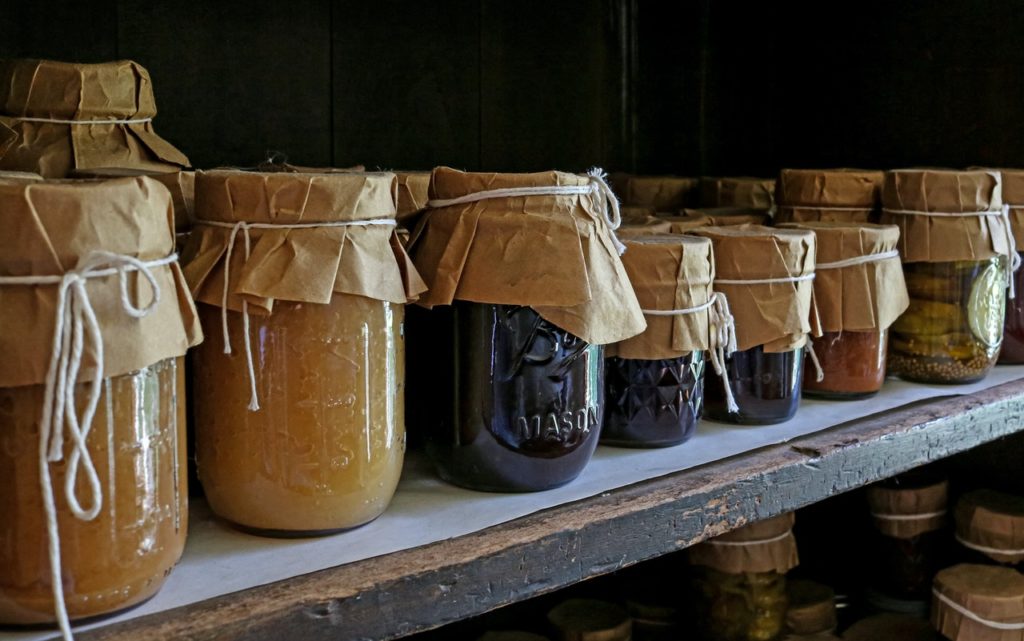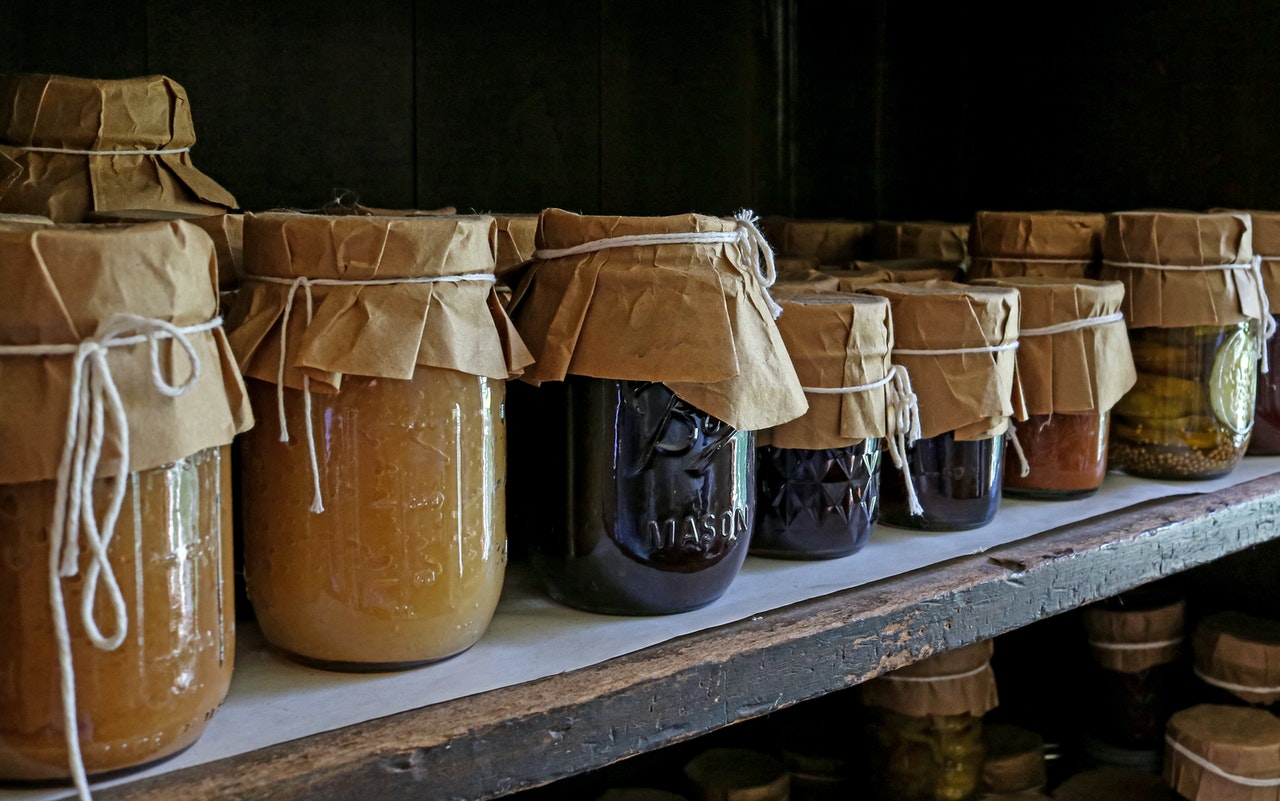I learned this today. Salt preserves food by removing the water and vinegar preserves food by increasing its acidity.
The refrigerator was invented in 1834. Before that, people used ice to keep food chilled. In the 1800s, Americans used over 5 million tons of ice annually. The ice was cut from northern countries (Scandinavian countries) and shipped to cities. It was stored underground until it was needed. The ice would be loaded into an icebox that was a well-insulated cabinet.
Before the 1800s, ice was available, but only to the people who lived near it or the wealthy. Normal people had to find other ways to preserve food. There are many different types. Today I am learning about curing and pickling.
Food decays because micro-organisms like bacteria feed on the food. Bacteria use enzymes to break down the carbohydrates in the food and release waste products that can taste bad or be harmful. Bacteria need oxygen, water, and a suitable temperature to break down the food. That is why a refrigerator is effective. It slows down the bacteria and preserves the food for longer.
Salt affects the water content of the food. Curing is when the food (often meat) is rubbed with salt or kept in a salty brine. When you add salt to meat, the positively-charged side of the water molecules are attracted to the negatively-charged side of the chloride ions and the negatively-charged side of the water molecules are attracted to the positively-charged sodium ions. This force attracts the water molecules and they pass out of the meat due to osmosis. When they come in contact with the salt, the sodium and chloride ions are pulled apart and the salt is dissolved into the water. Bacteria need water to break down the carbohydrates, so removing the water stops them from being able to do this, preserving the food.
Salting meat has been going on ever since people had salt. The first salt cultivation is thought to have happened at Lake Yuncheng in China, around 6000 BC.
Adding vinegar to food most probably began in Mesopotamia in 2400 BC. The Mesopotamians were also the first people to make vinegar, in about 3000 BC.
When you put food in vinegar, it raises the pH level of the food and kills nearly all of the bacteria. Vinegar has about 10% acetic acid yet it is safe for us to eat. However, it is not safe to pickle raw meat. Raw meat can contain salmonella, listeria, and e-Coli bacteria. All of these bacteria are immune to all but the strongest acid. The stomach of a vulture is strong enough to survive them, but ours isn’t.
So, salt preserves food by drawing the water out through osmosis and stopping the bacteria from breaking down the food. Vinegar preserves food by raising the pH of it and killing many of the bacteria. And this is what I learned today.
Sources
https://recipes.howstuffworks.com/tools-and-techniques/salt-prevent-food-from-spoiling.htm
https://en.wikipedia.org/wiki/Curing_(food_preservation)
http://www.todayifoundout.com/index.php/2014/01/fascinating-early-history-salt/
https://en.wikipedia.org/wiki/Pickling
https://en.wikipedia.org/wiki/Pickling
https://www.ncbi.nlm.nih.gov/books/NBK50952/
https://education.seattlepi.com/high-concentration-salt-cell-membrane-4414.html
https://www.scienceworld.ca/resource/rotting/



[…] take long for the flesh to start decomposing. Once the skin has been cleaned, it is packed in salt. Salt removes the water that bacteria use to break down the carbohydrates in the flesh, halting decom… This also removes a lot of the water from the […]
[…] the temperature and makes it too cold for bacteria to metabolize the carbohydrates in the food. Salting the food removes the water. Pickling the food lowers the pH and kills the bacteria. Fermenting the food also lowers the pH level and makes it inhospitable for bacteria. Canning goes […]